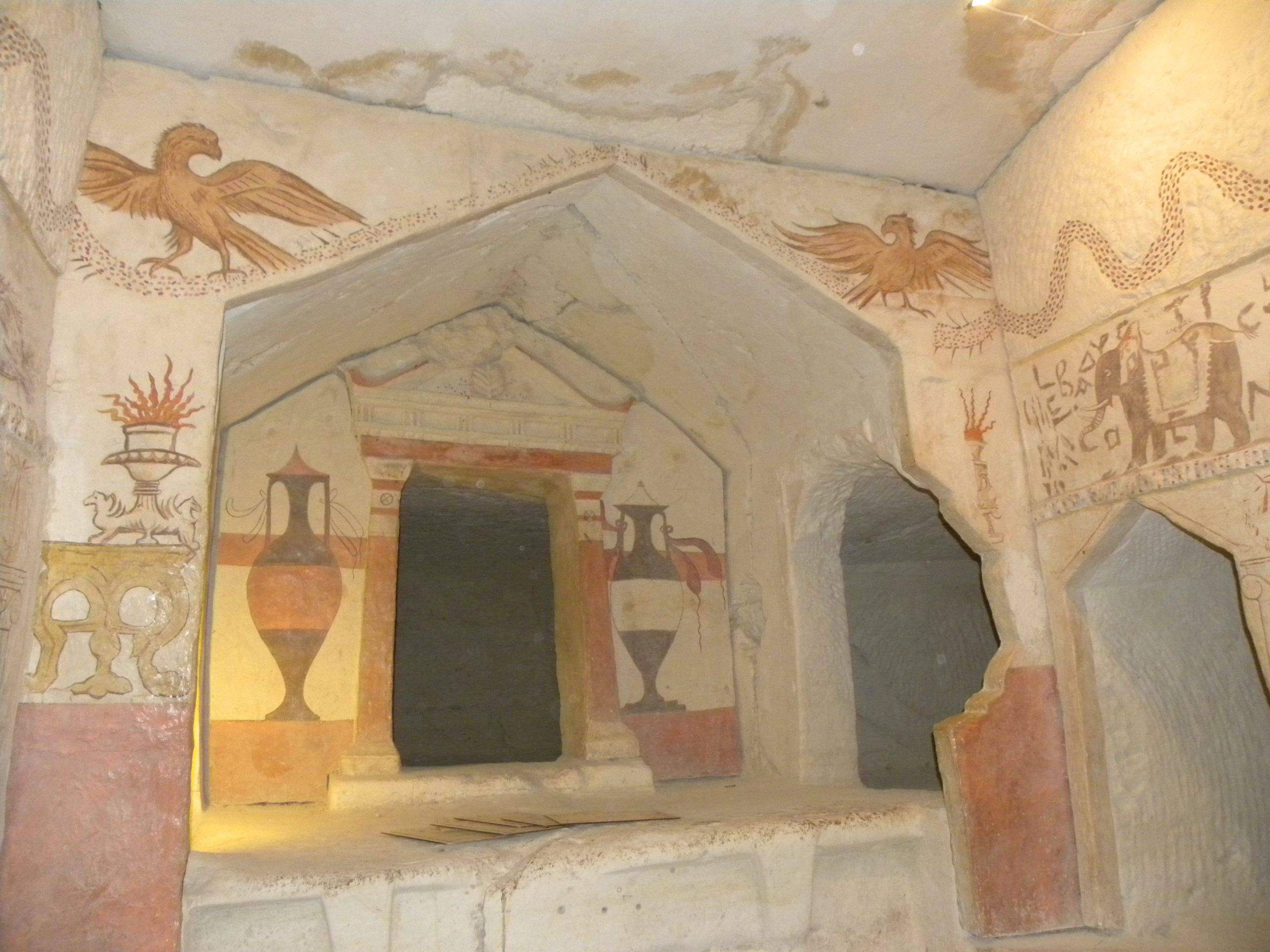The Sidonian Burial Caves, a series of tombs and burial sites, are an intriguing part of history. Located in modern-day Lebanon, these caves are remnants of the ancient Phoenician city of Sidon. Known for their elaborate carvings and inscriptions, they offer a glimpse into the rich cultural and religious practices of the Sidonians. The caves, discovered in the 19th century, have yielded numerous artifacts, shedding light on the Phoenicians’ life and death rituals.
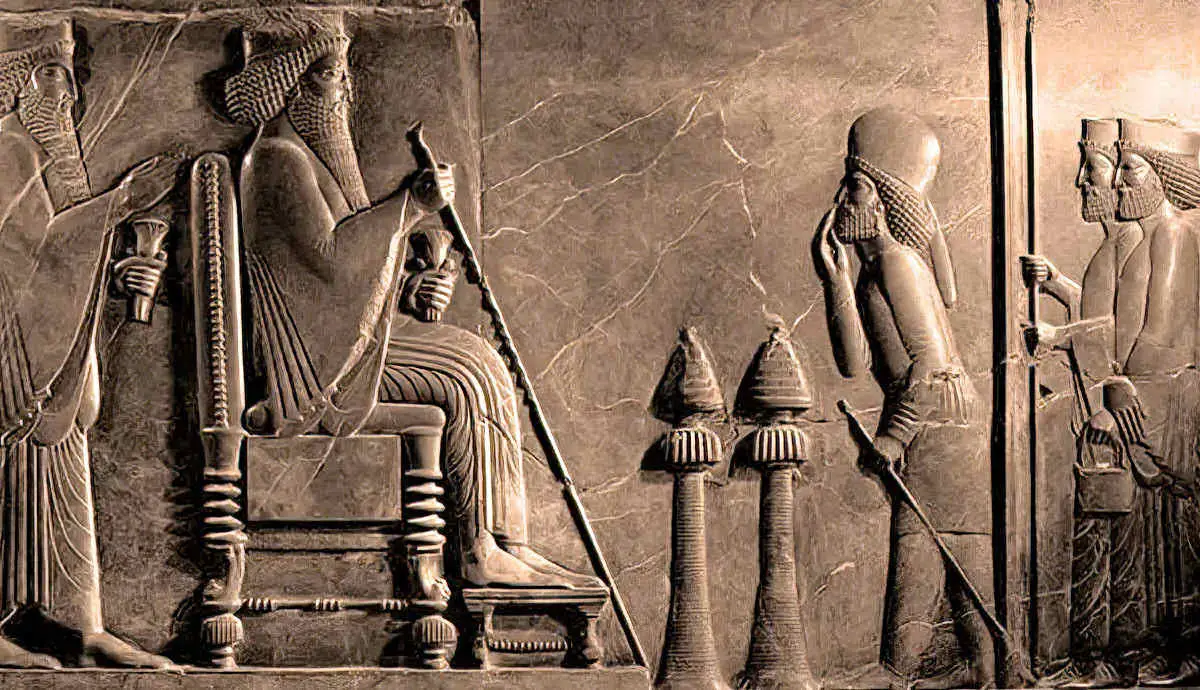
The Relief of Xerxes I at Persepolis
The Relief of Xerxes I at Persepolis is a remarkable artifact that offers a glimpse into the rich history of ancient Persia. This stone relief, carved during the reign of Xerxes I, is an important piece of Persian art and architecture. Located in the ancient city of Persepolis, it provides a visual narrative of the king’s power and the grandeur of the Persian Empire.
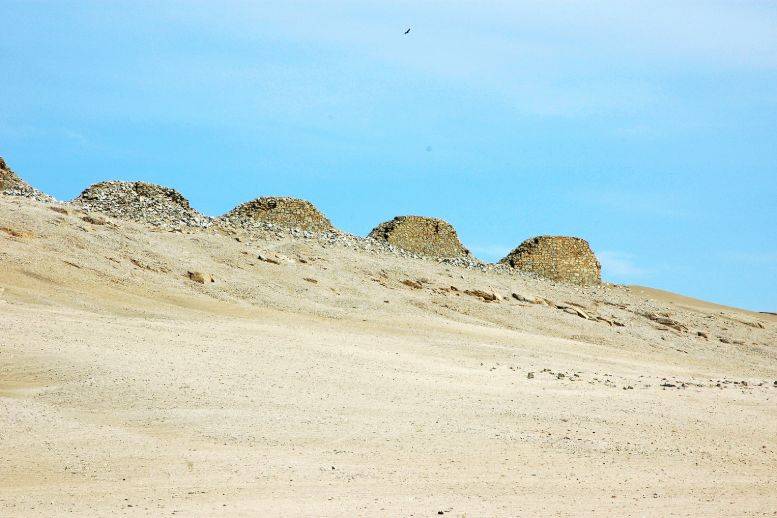
The Chankillo Archaeoastronomical Complex
The Chankillo Archaeoastronomical Complex is a prehistoric site located in the coastal desert of Peru. Dating back to the 4th century BC, it is one of the oldest known astronomical observatories in the Americas. The complex consists of a fort, towers, and an artificial mound, all of which are thought to have been used for astronomical observations. The 13 towers along the ridge of a hill form a toothed horizon that spans the annual rising and setting arcs of the sun, providing a solar calendar to mark dates with an accuracy of 1-2 days.
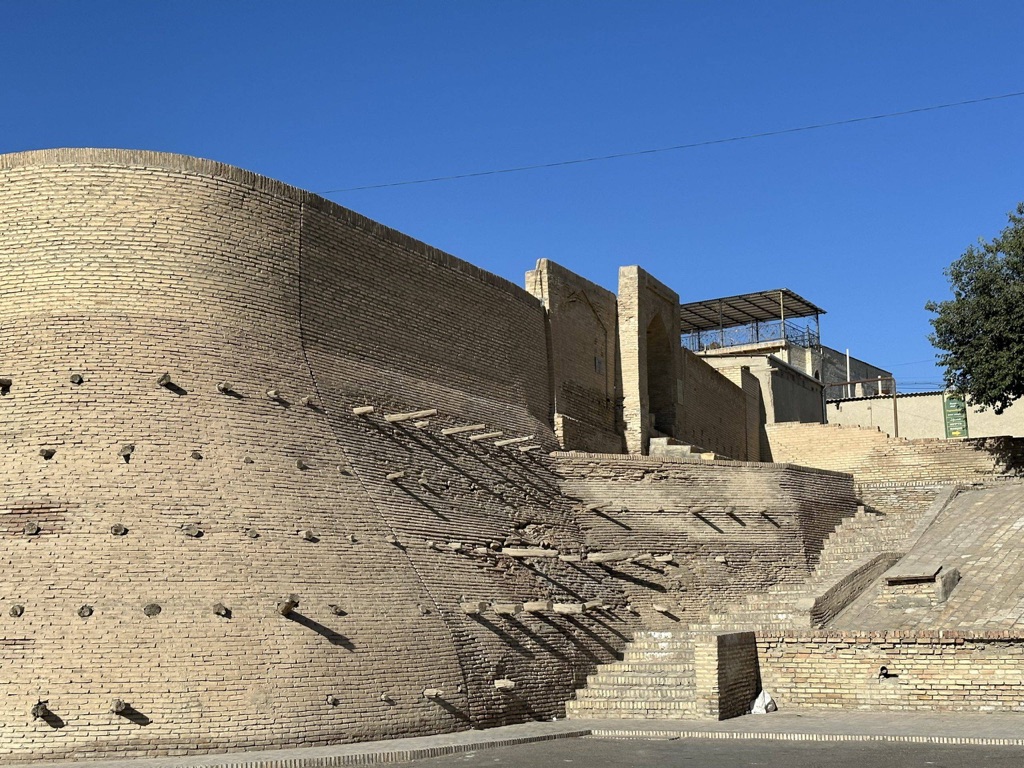
The Ark of Bukhara
The Ark of Bukhara is a massive fortress located in the city of Bukhara, Uzbekistan. Known to be one of the oldest surviving strongholds in Central Asia, it has been a symbol of power and authority for centuries. The Ark has witnessed the rise and fall of many dynasties and empires, serving as a royal residence for rulers and their courts. Its architecture is a testament to the rich cultural heritage of the region, featuring a blend of various styles that evolved over the centuries. Today, the Ark of Bukhara stands as a historical monument, attracting tourists from around the world.
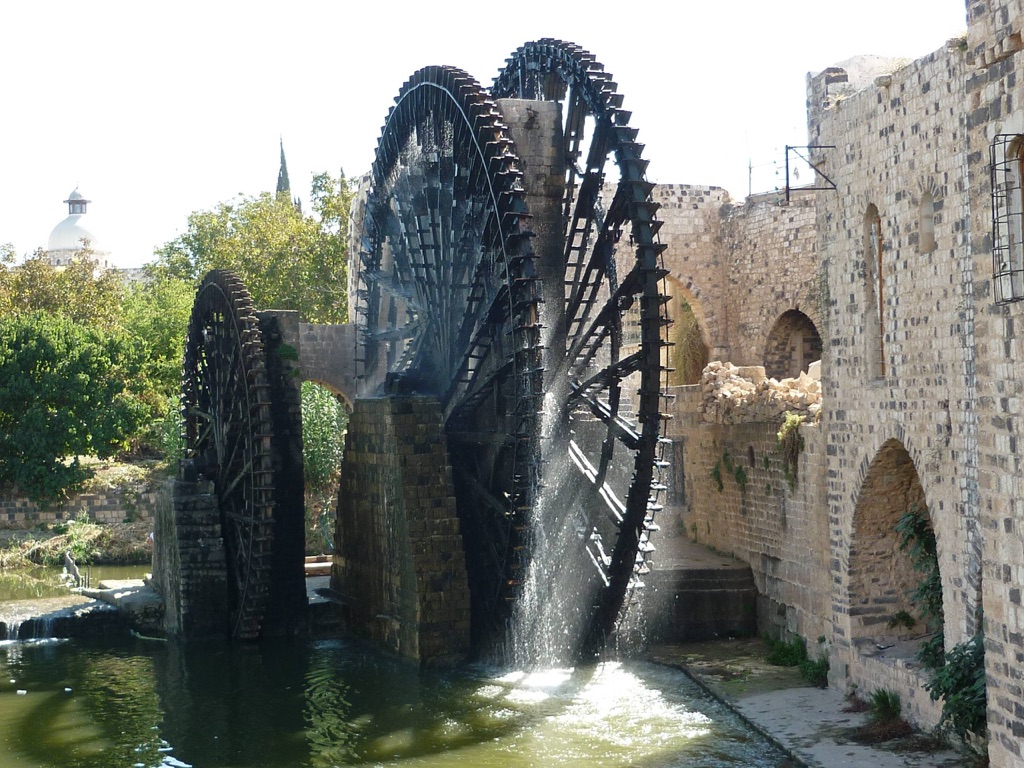
The Norias Of Hama
The Norias of Hama are a remarkable example of ancient engineering and cultural heritage. These massive water wheels, some dating back to the Byzantine era, are located along the Orontes River in the city of Hama, Syria. They were originally built to supply water to the city and its surrounding areas. The Norias, which number around 17 in the present day, are an iconic symbol of Hama and a testament to the ingenuity of its ancient inhabitants.
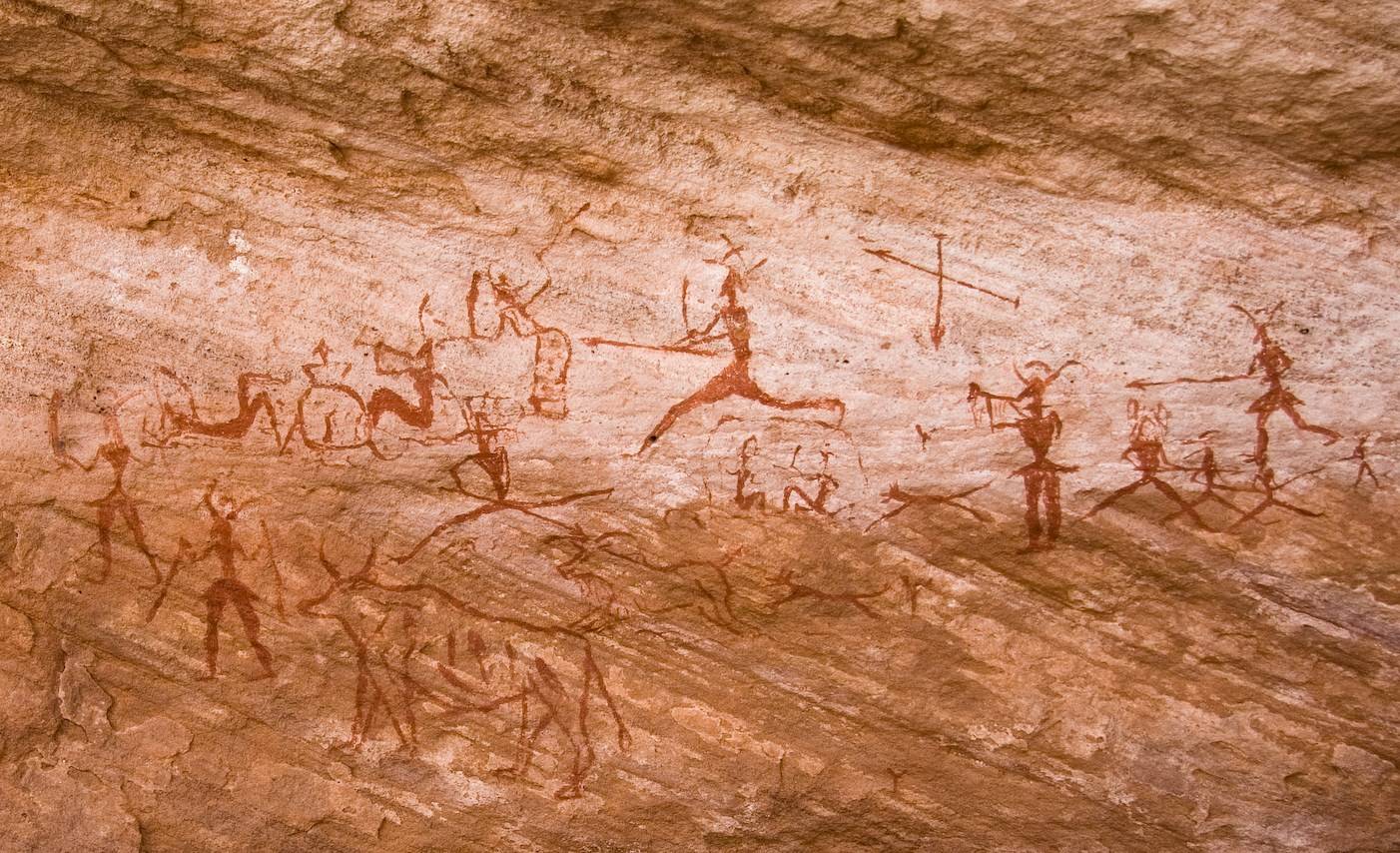
Tassili n’Ajjer
Tassili n’Ajjer is a vast plateau in southeastern Algeria, at the borders of Libya, Niger, and Mali, covering an area of over 72,000 km2. It is renowned for its prehistoric rock art and other ancient archaeological sites, which are believed to date back to the Neolithic era. The area was designated a UNESCO World Heritage site in 1982, recognized for both its cultural and natural significance. The rock art provides a chronological account of the environmental changes, wildlife, and the life of the people who lived there from 6000 BC to the first centuries of the present era.

